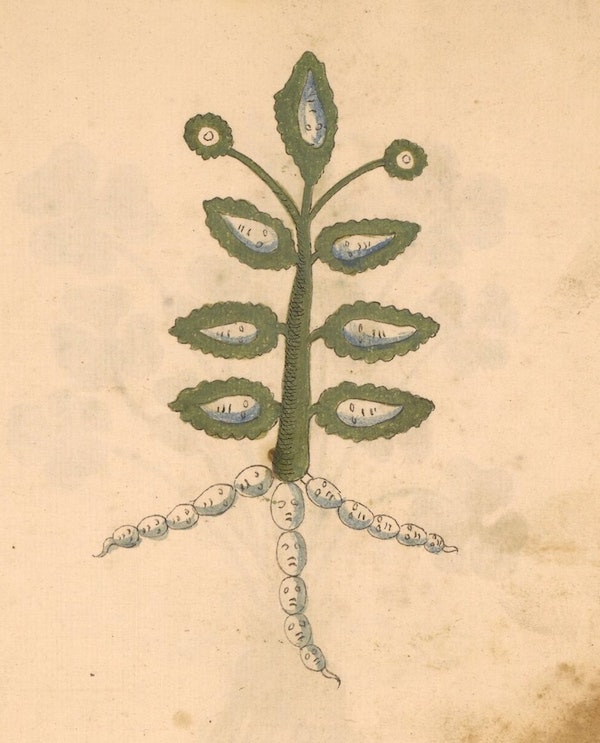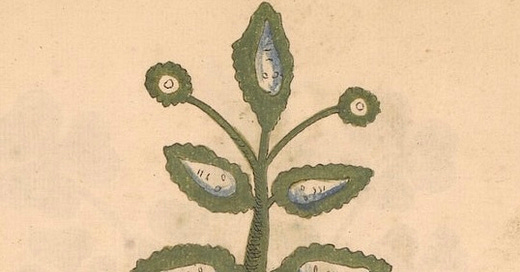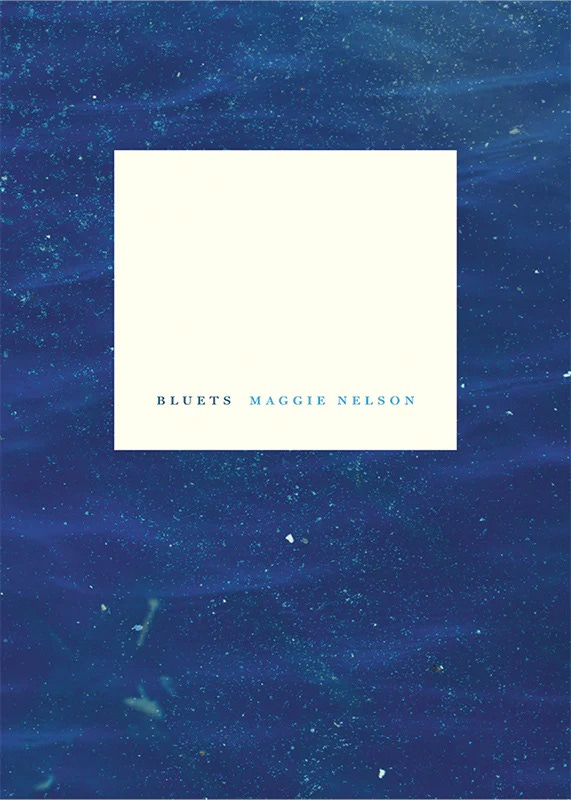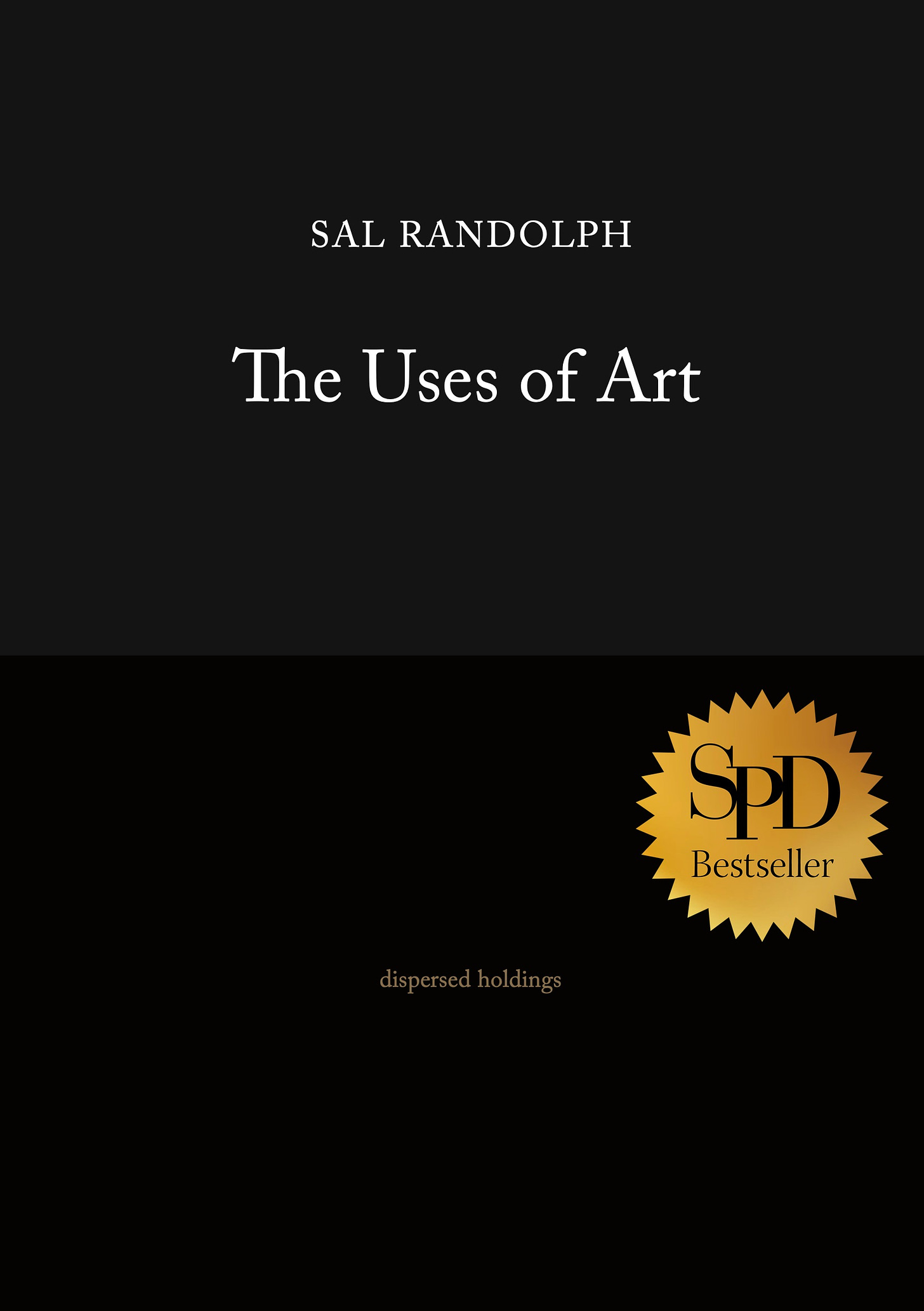
Dear Friends,
What are you reading? I love the way that books infuse your daily life with their moods and modes. In the last few days I’ve been re-read Maggie Nelson’s beautiful short book of propositions: Bluets. One of the effects of the book is to turn up the volume on all the blues around me. My life has been blue-tinted.
In Bluets, Nelson tells us that Joseph Cornell invented a word for his blue-toned works, “blueaille,” after grisaille technique where everything is rendered in grays. She quotes the poet John Ashbery saying that poetry “gives a kind of blue rinse to language.”
In Bluets, Nelson names the color blue a kind of drug, a pharmakon, a substance that can act as either poison or cure. If you take in this color, what is its effect? I hope you’ll try some of these experiments and share the results.
In other news, I enabled paid subscriptions this week. Fall always fills me with optimism and ideas and I’ve been dreaming up what comes next for The Uses of Art. It is my intention that this weekly letter stays free, so your paid subscription is an offering. In return for your generosity, you will create joy and receive my gratitude and delight. It is your engagement and enthusiasm that keep this project alive.
Thank you so much to everyone who has been reading.
— Sal
Seeing Blue
Maggie Nelson begins Bluets this way:
1. Suppose I were to begin by saying that I had fallen in love with a color. Suppose I were to speak this as though it were a confession; suppose I shredded my napkin as we spoke. It began slowly. An appreciation, an affinity. Then, one day, it became more serious. Then (looking into an empty teacup, its bottom stained with thin brown excrement coiled into the shape of a sea horse) it became somehow personal.
2. And so I fell in love with a color—in this case, the color blue—as if falling under a spell, a spell I fought to stay under and get out from under, in turns.
3. Well, and what of it? A voluntary delusion, you might say. That each blue object could be a kind of burning bush, a secret code meant for a single agent, an X on a map too diffuse ever to be unfolded in entirety but that contains the knowable universe. How could all the shreds of blue garbage bags stuck in brambles, or the bright blue tarps flapping over every shanty and fish stand in the world, be, in essence, the fingerprints of God? I will try to explain this.
Exercise: Blue
There are innumerable ways you can take the color blue as your oracle and quest. Here are a few suggestions.
As with all of these “Ways of Seeing,” the initiating impulse is to expand our possibilities for engaging with works of art and deepening attention. These exercises are perfect for time spent in museums, galleries, and studios. You can also bring them into the rest of your life and experiment with streets, libraries, parties, landscapes. Try them as writing or art-making prompts.
Interpret these instructions freely and intuitively
Fall in love with blue. See it everywhere and nowhere. Let the longing for blue fill your life. Spend your days writing love poems.
Let the world be blue-tinted, let everything you see be rinsed in blue.
Make a pilgrimage to something blue. Let the travel be long and difficult. Let yourself be changed by the journey.
When you encounter a work of art, seek out every blue. Look for the absent blues and fill them with your desire.
Take notes, make drawings and diagrams. In them, make this blue your own.
Share your results and reflections in the comments. I’d love to hear from you.
Maggie Nelson
Maggie Nelson’s Bluets is available from Wave Books and other booksellers.
Further adventures and new ways of seeing can be found in my book, The Uses of Art.
Artist Sal Randolph’s THE USES OF ART is a memoir of transformative encounters with works of art, inviting readers into new methods of looking that are both liberating and emboldening.
Dazzlingly original, ferociously intelligent.
— Michael Cunningham
A joyful, dazzling treasure-box of a book.
— Bonnie Friedman
Here’s a guide, to waking up, over and over again.
— Roshi Pat Enkyo O’Hara







I once wrote a short story called ‘What is Red’ in which the protagonist was deeply in love with the colour red. I thought he was a little bit crazy at the time. It’s nice to know he’s not alone.
Thank you so much for brining this book to my attention! The colour blue is of vital importance to my writing as of late - I chose it for the colour of magical crystals, imbued with a deep blue sea-like glow, or sky-blue brightness. And I think in a way I've deluded myself into giving the colour importance, in my writing and when I then see those things in real life - like the blue of starflower, or the patches on certain birds' plumages. Its something I'm continuing to explore in what will be my fourth novel (I'm on the third at the moment). The chapter of my serialised novella coming out next Friday will actually be the first instance of its significance to my work and now the way I see the world...